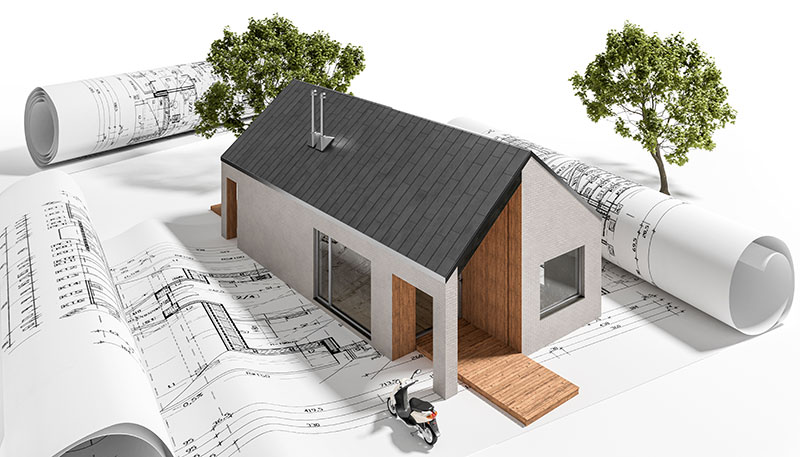
28 Dec The Benefits of Building a Passivhaus in the United Kingdom
In recent years, there has been a growing global movement towards sustainable living. One of the most effective ways to reduce your carbon footprint and help mitigate climate change is to build a Passivhaus. Passivhaus buildings are designed and built to be extremely energy-efficient, using very little energy to heat and cool the home. In fact, a typical Passivhaus will use 70-80% less energy than a conventional building of the same size.
There are many benefits to building a Passivhaus, including reducing your carbon footprint, saving money on energy bills, and improving the comfort of your home. If you’re considering building a Passivhaus, here are some things you need to know.
What is a Passivhaus?
A Passivhaus (or “passive house”) is a type of building that uses very little energy for heating and cooling. The concept was developed in the early 1990s by Dr. Wolfgang Feist, a German physicist, and his colleagues at the Passive House Institute (PHI)
Passive houses are extremely well-insulated and airtight, with high-performance windows and doors. They are designed to take advantage of natural sunlight and ventilation to keep the home comfortable year-round. A typical Passivhaus will use 70-80% less energy than a conventional building of the same size
What are the benefits of building a Passivhaus?
There are many benefits to building a Passivhaus, including reducing your carbon footprint, saving money on energy bills, and improving the comfort of your home
A typical family home emits around 10 tonnes of carbon dioxide each year. But a Passivhaus can reduce that number to just 1 or 2 tonnes—a huge reduction in your carbon footprint. And because they use so little energy, Passivhauses are also much cheaper to operate than conventional buildings. In fact, you could save up to 90% on your heating and cooling costs!
But perhaps the most significant benefit of living in a Passivhaus is the increased comfort levels. Thanks to their excellent insulation and airtightness, passive houses maintain an even temperature throughout the seasons—meaning you can say goodbye to drafts and hot spots!
Are there any downsides?
The main downside of passive houses is their initial cost. Because they require such high-quality materials and advanced construction techniques, they can be up to 30% more expensive than conventional buildings. However, this cost is quickly offset by the significant savings on heating and cooling bills—meaning you could actually save money in the long run by building a Passivhaus!
Deciding whether or not to build a Passivhaus?
If you’re interested in reducing your carbon footprint, saving money on energy bills, or improving your home’s comfort levels, then building a Passivhaus may be right for you! Just keep in mind that they do require extra up-front investment—but this cost is quickly offset by ongoing savings on energy bills. So why not give it a try? You may be surprised at how much you enjoy living in a sustainable, comfortable home!
Conclusion
Building a Passivhaus is one of the best ways to reduce carbon emissions and save energy. although this requires a bit more investment up front, Passivhaus have innumerable benefits ranging from increased comfort level to amazing energy savings. Among many other reasons, these make Passivhaus a smart choice which will reap rewards for generations.



